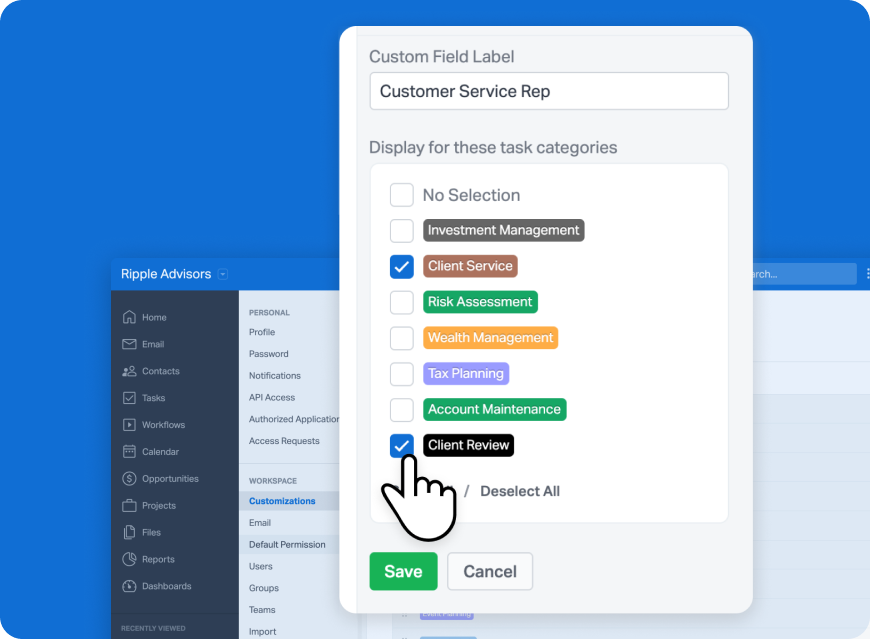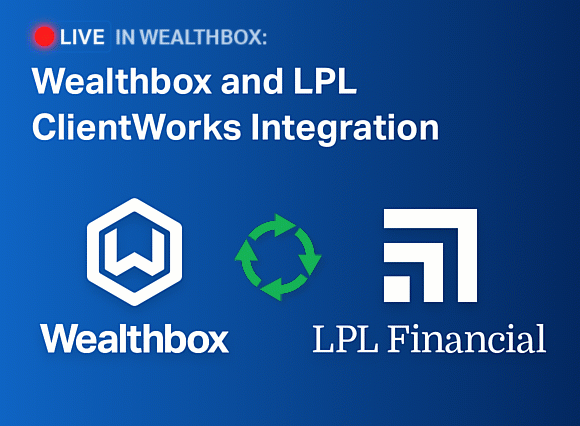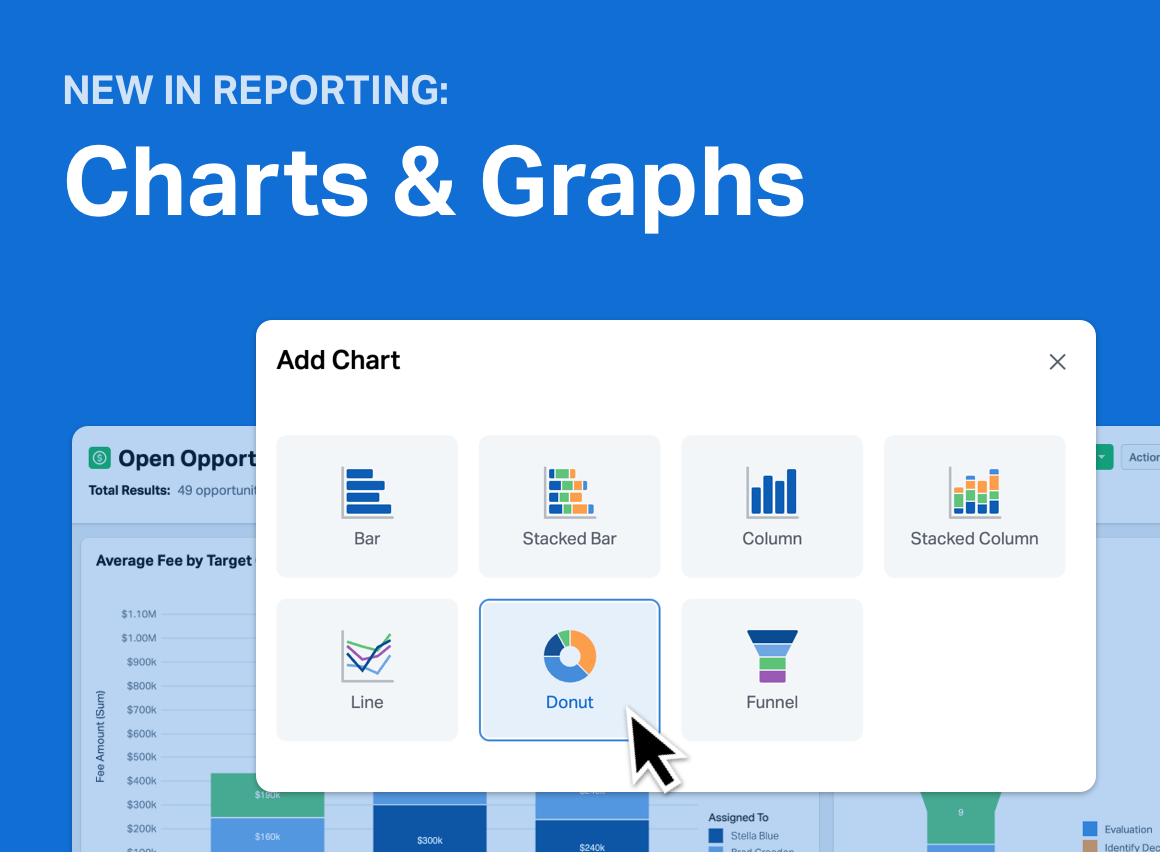
Investors, are you ready to hire a robo-advisor to give you synthetic advice and be guided along the investment road to riches?

Robo-advisors are catching on with consumers, with good reason. For basic passive investing services they charge fees as low as .15 percent of your managed assets. Set against a typical industry practice of financial advisors charging a 1% fee for assets under management, robo-advisors are giving human financial advisors – especially those who don’t digitize their practices – a run for their clients’ money.
Robo-advisors are colonizing the wealth management landscape, so repress your robophobia and consider choosing one. Before you rush out and experience the man-machine thrill of meeting a robo-advisor and handing over your portfolio for it to manage, do your homework. Interview and vet the right one to ensure there’s a good fit. Good chemistry between you and your robo-advisor is important. A well-programmed robo-advisor can be your trusted financial partner and even a good friend with its steady, Vulcanesque sensibility in difficult economic times.
Get started with your artificial relationship!
Consumers: Here are 10 questions to ask your robo-advisor to ensure you and it are off to a great artificial relationship.
Question #1: What services do you provide as a robo-advisor?

When you have a chat with a robo-advisor, make sure you share with it what your needs are now and in the future. This will determine whether to select a robo-advisor who simply offers basic passive investing and portfolio rebalancing or one that offers enhanced, comprehensive financial planning around retirement, estate, insurance, tax planning services, and alternative investments. The latter type is much harder to find, but the former may be all you need.
Question #2: How many colors can you show in your pie charts that depict my asset allocation?

Robo-advisors are not only known for their low fees for basic services but they also give their clients stunningly beautiful pie charts to understand and visualize investable assets. The pie chart is the robo-advisor’s signature tool in emotionally connecting with you as a client, so ensure you choose a robo-advisor who renders elegant colors and hues that are right for you. Pie chart design matters, and some robo-advisors are much better at it than others.
Question #3: Can we schedule an in-person meeting?

Your robo-advisor may be reluctant to meet you at first. Some are socially reserved and geeky. “Eye Contact” and “Handshake” and “Cocktail Party Mode” are priority features on the product roadmaps of most robo-advisor makers in the near future. A robo-advisor might initially avoid meeting you face-to-face but will definitely request that you fill out web-form questions and connect your online bank accounts to its maker’s firm, all the while teasing your financial planning hunger with pie chart illustrations. Be careful here: the dynamic of live, in-person conversations that go beyond database answer inputs often bring out the nuance of your financial situation with important details of your profile as an investor. Limited web form responses can lead to “suitability” problems from FINRA’s point of view, in the event of financial loss. In a recent Wall Street Journal article, Grant Easterbrook, a senior research associate at Corporate Insight, said of robo-advisor signup forms, “These questionnaires do a horrible job of understanding what your financial situation is.” In-person conversations can also start an important friendship between you and your robo-advisor, so ask for the face-to-face meeting. If your robo-advisor has been upgraded with the “Small Talk” feature, it’s a breeze to get acquainted and start the authentically inauthentic relationship.
Question #4: Can you tell me the story behind an investment thesis?

Human experience is powered by stories and story-telling drives the investing world. From the late 1700s meeting place under a buttonwood tree at 68 Wall Street to corporate quarterly earnings conference calls to modern-day financial planning seminars, humans have always gathered to share stories in the sphere of investments. Of course, Warren Buffett and Bernie Madoff are examples of story-tellers. You get the good and the bad stories with humans, mostly good. But with robo-advisors, it’s another story, or lack thereof. Ask your prospective robo-advisor if it can tell the story behind an investment thesis, a financial strategy, or what it did last night. Story-telling is elemental for humans to make sense of the world and have a sense of trust, and to date robo-makers have had a hard time programming their robots with story-telling capabilities. Like dolphins, robots communicate with each other, but not yet with humans.
Question #5: What is your investment instruction?

A common question when vetting a human financial advisor is, “What is your investment approach?” But the word “approach” implies human thinking, decision-making, skills, processes, and worldly awareness applied to human investing strategies, and this is, like, so old-school in roboland. Robo-advisors don’t “think” the way humans do (though some scientists would quibble with that assertion, but we’ll leave the philosophical considerations of free will, consciousness, and identity out of this for now). Robos are algorithmically programmed – instructed – to offer investing choices and transact in passive investing strategies within the framework of Modern Portfolio Theory. The new, digitally correct question is, “What is your investment instruction?” Simulated self-awareness for robots is still a few years off and if it does answer the question you might not understand it. But at least you’re trying to get on the same page with your robo-advisor in the spirit of fostering good robo-relations and getting to personally know each other. So ask the question about investment instruction and go through the motions; it’s what the robo-advisor does all day long.
Question #6: Is the algorithm that animates you regulated by any entity?

Unlike human financial advisors, whose professional and ethical imperfections require regulations, robo-advisors and the algorithms that power them aren’t regulated by the SEC, State, or FINRA rules. The firms where a robo-advisor works may be regulated, but the robo-advisor itself isn’t, at least not yet. As robo-advisors annex some of the wealth management territory (and increasingly take on managerial positions in their own development firms), you’ll want to know what government regulations affect your robo-advisor’s ability to make its recommendations. Also, keep in mind that all robo-advisors and their algorithms could be regulated someday by a government agency or industry association.
Question #7: What licenses, credentials, or other certifications do you have?

The confusing, alphabet soup of fancy initial accreditations and certifications that plague humanoid advisory services such as Certified Financial Planner (CFP), Chartered Financial Analyst (CFA), Chartered Investment Counselor (CIC) etc., etc., etc., is not yet a problem in the robo-advisory industry. This is partly due to the early stages of the market and wide open field for the robos to ply their trade with compressed pricing. No need to differentiate with acronyms – yet. We have heard whispers of an industry consortium to administer the education, testing and monitoring of robo-advisors under the designation, “Certified Financial Robot”, or CFR. FINRA presides over designations only by those financial professionals who are licensed to sell securities, and this excludes many financial planning professionals. In that robo-advisors evidently do neither, we’ll wait and see on this one. But still ask the question about your prospective robo-advisor’s credentials in the context of comprehensive financial planning beyond piecharting and passive investing.
Question #8: Do you have a clean record?

Deception exists. Humans have Bernie Madoff. Robots have the automaton who writes the sneaky, ever-changing Facebook Terms of Service “agreement.” It’s important to do a background check on the robo-advisor you’re considering hiring. You need your robo-advisor to have an abiding sense of commercial honor. Keep checking in with “Broker-Check,” an online service to look up infractions on all types of advisors. (“Algo-Check” and seals for “Certified Moral” are also be coming soon.)
Question #9: How much contact do you have with your clients?

Robo-advisors are machines when it comes to keeping in touch with clients, because, well, they’re machines. You’ll never miss a birthday wish from your robo-advisor and many people find this touching. Perhaps the more relevant question is, How will you keep in touch with me? Email? Phone chat? Face-to-face meeting at the office? Beers after work? The robo-advisor’s favorite restaurant? When markets are tanking or skyrocketing, you’ll probably want to speak with your robo-advisor to get the story of what’s going on, but remember, that’s a story. Please refer back to question #4 about the story-telling deficiency.
Question: #10: Will you adhere to the Three Laws of Robotics?

Forget about suitability and fiduciary standards. Those are for mere financial advisor mortals and their silly conflicts. To protect yourself, you need your robo-advisor to pledge that it will adhere to a set of rules introduced by Isaac Asimov, called the Three Laws of Robotics. These are, 1) A robot may not injure a human being or, through inaction, allow a human being to come to harm. 2) A robot must obey the orders given to it by human beings, except where such orders would conflict with the First Law, and, 3) A robot must protect its own existence as long as such protection does not conflict with the First or Second Law. …Thus, if your robo-advisor loses money for you, particularly when compared to the returns of other robo-advisors dispensing algorithmic advice, you might be “harmed.” If think you’ve been harmed by your robo-advisor’s advice, immediately meet with it and ask “What happened? What’s the story?” and refer again to question #4 above. …Or call your robo-lawyer. ![]()
Headline photo credit: Banksy






